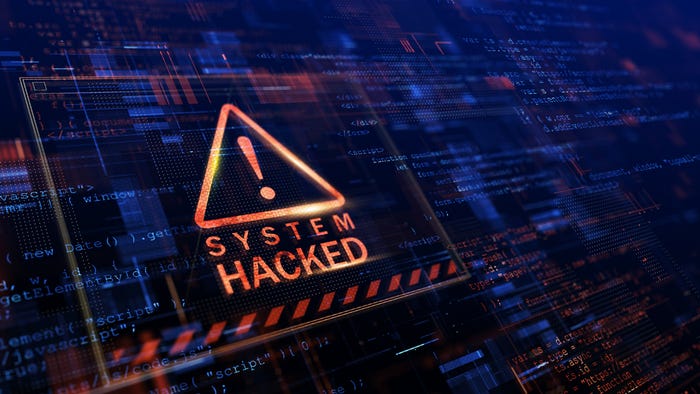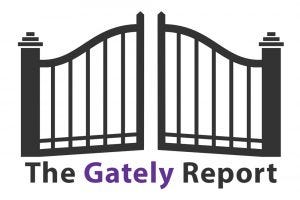Big game ransomware attacks are on the rise this year.

Cybercriminals stayed busy during the first half of 2022 and the biggest cyberattacks involved big game ransomware attacks, increasingly sophisticated malware attacks and more.
 Corey Nachreiner is WatchGuard Technologies‘ CTO. We asked him about the biggest cyberattacks so far this year.
Corey Nachreiner is WatchGuard Technologies‘ CTO. We asked him about the biggest cyberattacks so far this year.

WatchGuard’s Corey Nachreiner
“To be honest, from just the big attacks, they continue to elevate, but at this point it’s more of the same,” he said. “I think in the past three to five years, we’ve just seen a lot of cyberattack activity. Unfortunately, it seems like cyberattacks and the whole having to defend against them is getting worse. So during 2021, it was very much the same thing, with lots of big-game ransomware happening and governments were already involved in attacks. We had seen a number of nation-states participating in … big attacks where they’re not just targeting other countries, they target private infrastructure in those countries as a way to get to governments in those countries.”
It’s no surprise that 2022 is continuing 2021 cyberattack trends, Nachreiner said.
“Yes, there are slightly different attacks here and there that have different ramifications, but it all follows the trend of 2021,” he said.
Bigger Year for Ransomware
In terms of ransomware, 2022 is shaping up to be the biggest year yet for attacks, Nachreiner said. In fact, the industry has already reached a grim milestone in 2022 — already 80% of the total ransomware in 2021.
“It just seems like ransomware has the attention of threat actors again and not just the big game stuff they’re trying,” he said. “There are new ransomware-as-a-service (RaaS) variants that they’re spamming out to a lot of the world. So we’re definitely seeing in 2022 a resurgence in ransomware and a resurgence in malware attacks targeting office workers. And I think the second is probably very much based on some people returning back to the office. People are starting to return to office work … and we’ve seen malware follow it.”
John Bambenek is principal threat hunter at Netenrich. He said the repeat victims of Marriott and Experian stand out so far this year.

Netenrich’s John Bambenek
“I have joked the best time to be a CISO for a company is right after a breach, for about two years,” he said. “Checkbooks are open, organization change is possible, and board buy-in is assured. After two years, organizational inertia sets in and things drift back to its steady state. Experian in particular stands out considering the several issues they’ve had in the last few years that shows my joke may not be as true as I would hope.”
Scroll through our slideshow above for the biggest cyber incidents in the first half of 2022, and more cybersecurity news.
Want to contact the author directly about this story? Have ideas for a follow-up article? Email Edward Gately or connect with him on LinkedIn. |
About the Author(s)
You May Also Like


